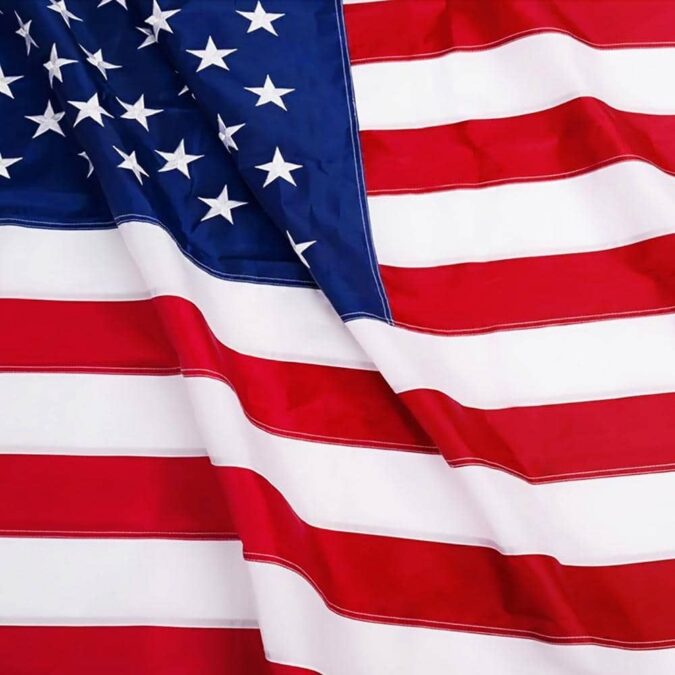ndependence Day, also known as the Fourth of July, is a federal holiday in the United States that commemorates the adoption of the Declaration of Independence on July 4, 1776. This day marks the birth of American independence and is celebrated with various festivities across the nation.
Historical Background
The journey to independence began with growing discontent among the American colonies over British rule. Tensions escalated with events such as the Boston Tea Party and the Intolerable Acts. By 1775, the Revolutionary War had begun, and the desire for complete independence grew stronger.
On July 2, 1776, the Continental Congress voted in favor of independence, and two days later, the Declaration of Independence, primarily drafted by Thomas Jefferson, was adopted. This historic document proclaimed the colonies’ separation from Great Britain and outlined the principles of individual liberty and government by consent.
Early Celebrations
The first celebrations of Independence Day were modeled after the king’s birthday, featuring bell ringing, bonfires, and processions. Over time, these celebrations evolved to include fireworks, parades, and public readings of the Declaration of Independence. John Adams, one of the Founding Fathers, envisioned such celebrations, believing that future generations would commemorate the day with “pomp and parade, with shows, games, sports, guns, bells, bonfires, and illuminations.”
Modern Traditions
Today, Independence Day is celebrated with a variety of activities that bring communities together. Common traditions include:
- Fireworks Displays: Cities and towns across the country host spectacular fireworks shows that light up the night sky.
- Parades: Many communities organize parades featuring marching bands, floats, and local organizations.
- Barbecues and Picnics: Families and friends gather for outdoor meals, enjoying classic American foods like hot dogs, hamburgers, and apple pie.
- Concerts and Festivals: Music and cultural festivals are held, showcasing local talent and celebrating American heritage.
- Patriotic Decorations: Homes and public spaces are adorned with red, white, and blue decorations, including flags, banners, and bunting.
Significance
Independence Day is more than just a celebration of freedom; it is a reminder of the values and principles upon which the United States was founded. It is a day to reflect on the nation’s history, honor those who have fought for its freedoms, and celebrate the unity and diversity that define the American spirit.
Conclusion
As fireworks light up the sky and communities come together in celebration, Independence Day serves as a powerful symbol of the enduring spirit of liberty and democracy. It is a day to cherish the freedoms enjoyed by all Americans and to remember the sacrifices made to secure those freedoms.




Comments